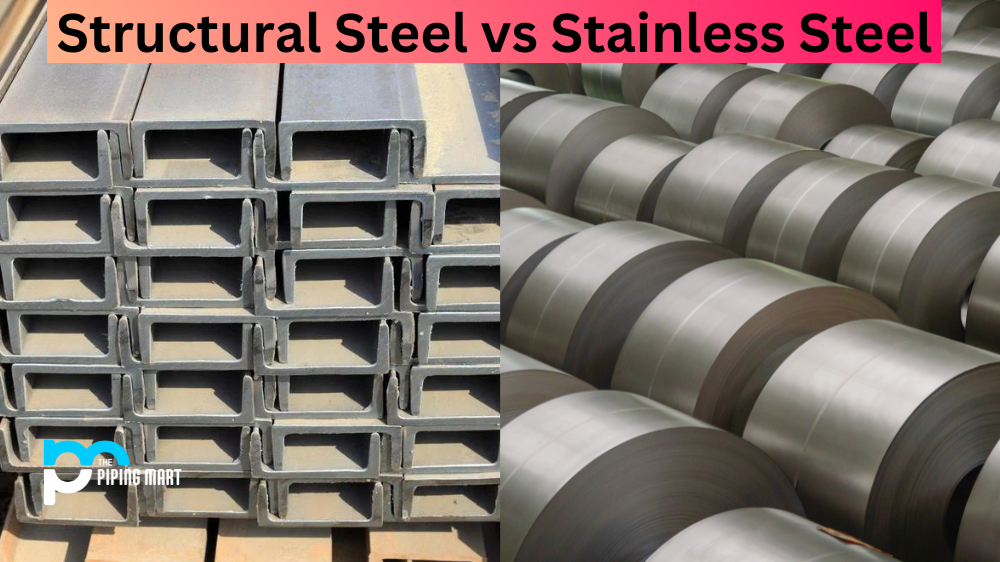When it comes to metal fabrication, there are many different types of steel that can be used. Two of the most common types are structural steel and stainless steel. Although these two materials have similar properties, they differ in terms of composition, strength, and applications. Let’s take a look at their differences.
Composition
Structural steel is composed mainly of iron with a small amount of carbon (typically 0.2-0.25%). The main alloying elements in structural steel are manganese, phosphorus, sulfur, and silicon. Structural steel is also known for its excellent strength-to-weight ratio; it is often the material of choice for large structures such as bridges or skyscrapers due to its durability and low cost.
On the other hand, stainless steel has a higher chromium content than structural steel (around 10-20%), as well as molybdenum and nickel in varying amounts depending on the grade. This helps make stainless steel much more resistant to corrosion than structural steel and gives it its signature shine. It is also more expensive than structural steel due to the higher amount of alloys present in its composition.
Strength
Structural steel has an impressive yield strength that ranges from 36ksi up to 58ksi depending on the grade; this makes it an excellent choice for load-bearing applications such as beams or columns that need to support heavy loads without buckling or bending under pressure. On the other hand, stainless steel typically has a yield strength ranging from 25ksi to 35ksi – still quite strong but less than what is seen with structural grades of steel. However, stainless steels do have higher tensile strengths than structural steels, which makes them better suited for certain applications such as medical equipment, where high levels of stress need to be resisted without failure or deformation over time.
Application
Due to their difference in yield strength as well as their corrosion resistance properties, these two materials can be used for different purposes depending on what kind of application they are being used for. Structural steels are best suited for load-bearing applications such as bridges, while stainless steels are best suited for applications requiring corrosion resistance, such as cutlery or medical instruments, due to their higher chromium content which provides additional protection against rusting or discoloration over time when exposed to moisture or other corrosive agents in the environment. Additionally, stainless steels can also be used in some load-bearing applications provided that they are specified correctly by engineers taking into consideration all relevant factors, including expected loading conditions and environmental exposure levels etcetera before designating any material type for use in any given project situation.
Conclusion:
Structural Steel and Stainless Steel both have different compositions, which influence their strengths and weaknesses significantly when compared side by side with each other making them suitable choices for different kinds of projects when utilized properly according to their respective qualities in combination with engineering calculations related to each specific application situation at hand so that optimal performance can be achieved under expected loading conditions and environmental exposures etcetera. Ultimately, it’s important to understand how each material performs differently before selecting one over another so you can ensure your project receives the correct grade of metal required for maximum performance over time.

Pipingmart is B2B portal specializes in industrial, metal and piping products. Also, share latest information and news related to products, materials and different types grades to help business dealing in this industry.




